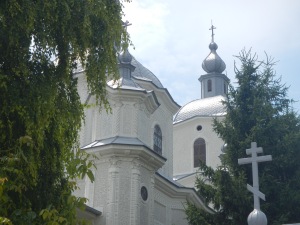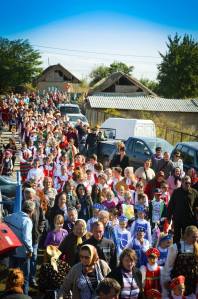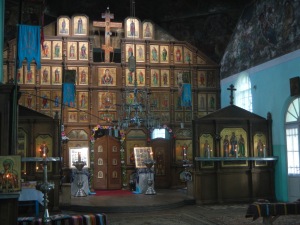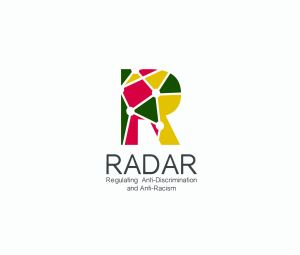“From hate speech to hate communication:
How racism is produced and reflected through communicative practices”
Free training workshop
16th and 17th June 2016
George Davies Lecture Theatre, Heriot-Watt University, Edinburgh
RADAR – Regulating AntiDiscrimination and AntiRacism (Fundamental Rights and Citizenship Programme JUST/2013/FRAC/AG/6271) is an EU-funded programme that brings together nine partners from six countries. The project’s aim is to raise awareness and develop the necessary tools to identify and tackle hate-motivated and hate-producing communication, which have a racialised dimension. This will be achieved through training activities and events. The project will also provide a handbook as well as comparative studies and analyses. For more information on the project’s objectives, deliverables and individual work packages, please visit the project website and register on our platform.
RADAR workshops are being organised in the six partner countries (Italy, Finland, The Netherlands, Poland, Greece and the UK) from April to June 2016 to test the training material developed as well as the training approach. An international workshop will then be held in September in Perugia, Italy, drawing on the knowledge and expertise gained from the local pilot events.
Who is this workshop for?
- professionals and trainees in the legal sector, the police, social workers, charity workers, people working in local and national authorities, policy makers, volunteers interested in ethnic equality and diversity
- trainers interested in participating in the trial / pilot implementation of the proposed training approach and have open access and reusability of the available material.
- people who have experienced racism or xenophobia and are interested in sharing their experiences and leading discussions.
What are the workshop aims?
- Understand hate-motivated and hate-producing communication practices. Such an understanding can be empowering for (potential) targets of discrimination or hate communication. It can also help professionals to make better judgments, react effectively to racist and xenophobic behaviours and attitudes and ultimately help to prevent racism, xenophobia, discrimination and exclusion.
- Recognise explicit as well as implicit forms of prejudice, racism and xenophobia, as well as the situations from which they might arise.
- Develop skills to produce non-biased and inclusive communication.
- Develop competence in communicating with people with culturally (and socially) different habits and behaviour models.
- Distinguish between verbal, paraverbal, nonverbal and visual messages, how they are combined and embodied in communicative practices.
- Become familiar with communicative techniques, strategies and procedures that apply to different situations and contexts.
In this way, participants may acquire useful tools for identifying and preventing hate-producing and hate-motivated communication practices and, ultimately, hate crimes. Participants should also be able to transfer the approach, either by putting it into practice in other contexts or, in the case of trainers, by training others.
What is the workshop content?
Two main themes are covered in the workshop:
(1) language use in legal texts (laws and judgments) and its social implications
(2) communication practices reflecting and (re)producing racism, xenophobia, discrimination, exclusion.
We consider the following communicative practices among others: advertisement pictures, promotional and other videos, talkshows, written texts, in particular newspaper articles, and social media posts.
There will be discussion groups, round tables and activities to reflect on these communication practices, share experiences and recommendations. The full workshop programme will be provided following registration.
How to register
The 2-day workshop is free and includes lunch, coffee breaks, a drinks reception and a certificate of attendance. Registration is required. Places are limited so please register here http://goo.gl/forms/YEyCLvePki by 10th June
Heriot-Watt is located on the outskirts of Edinburgh city centre and is easily accessible by bus and train. Further travel information as well as the full workshop programme will be provided following registration.
Contact
Dr Katerina Strani, Assistant Professor, Department of Languages and Intercultural Studies, Heriot-Watt University: A.Strani@hw.ac.uk
Social Media
Facebook: https://www.facebook.com/Project-Radar-Just2013fracag6271-370112223154383/?ref=hl
Twitter: https://twitter.com/RadarProject @RADARproject #RADARproject







